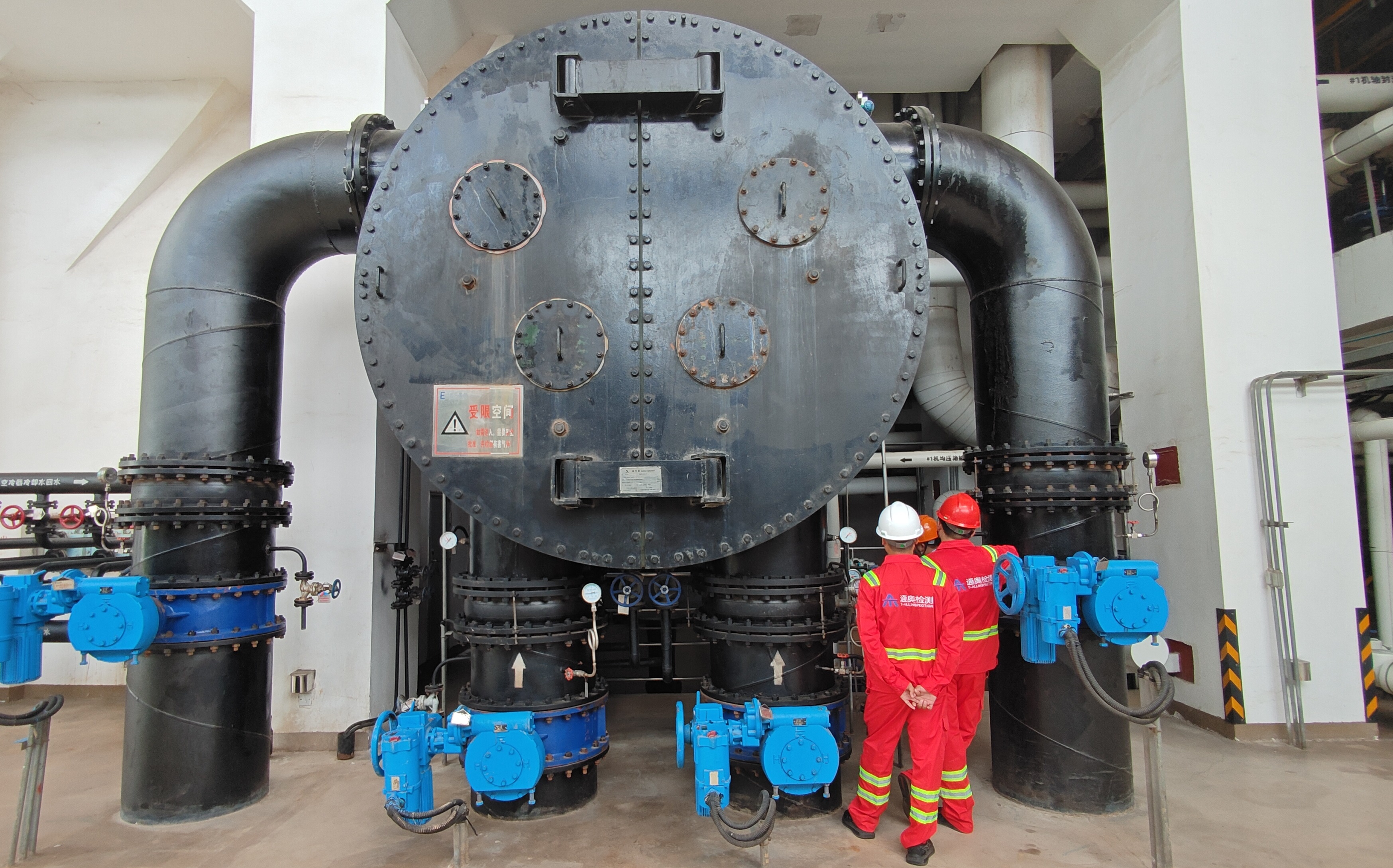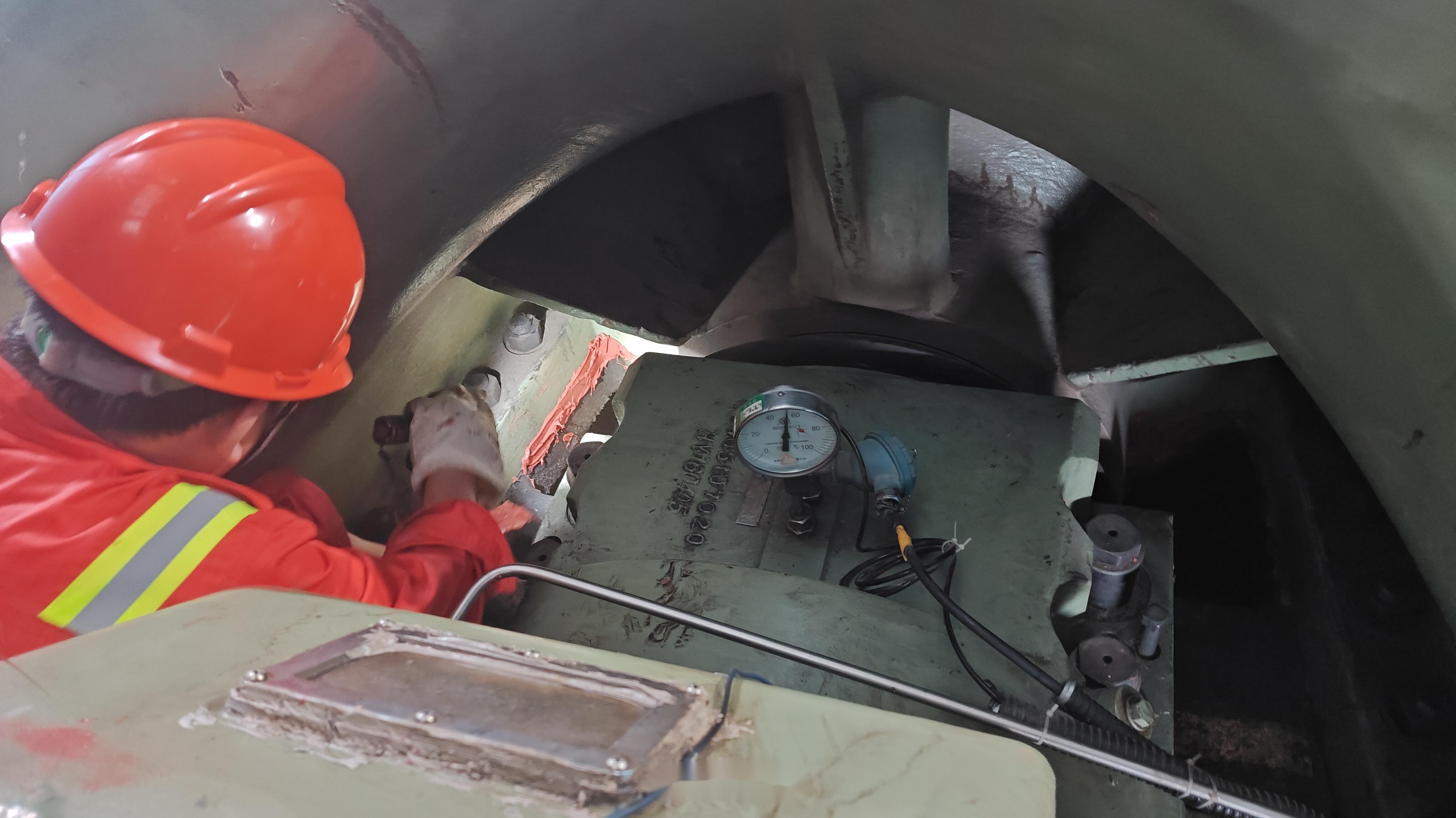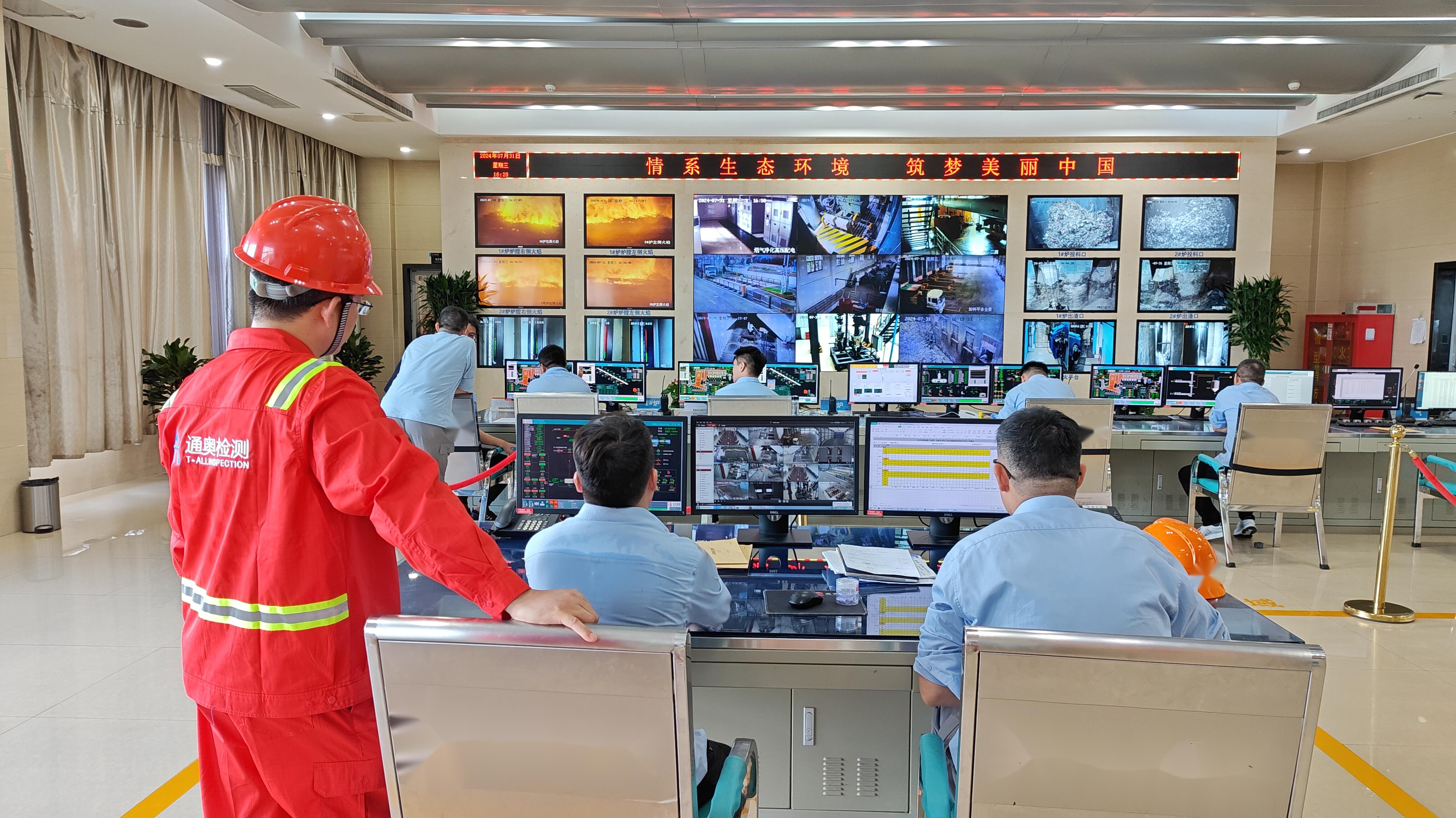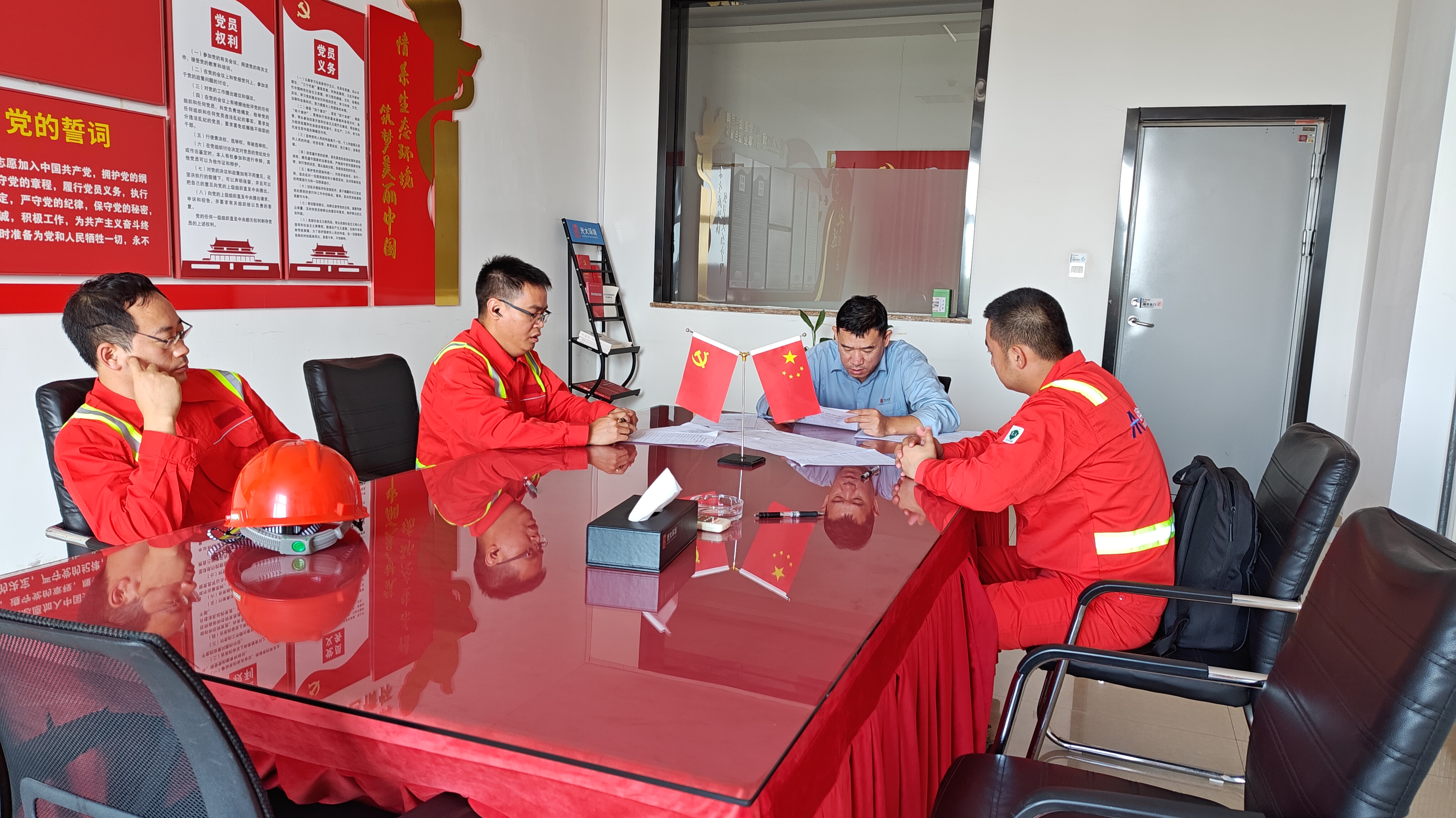The suboptimal vacuum tightness of steam turbine units has long been a pivotal challenge impeding the safe and economical operation of power plant units. A compromised vacuum leads to reduced operational efficiency, subsequently escalating energy consumption. This not only severely undermines the economic performance of steam turbines but also poses a threat to their safe operation. The inadequate tightness inevitably results in excessive oxygen content in the condensate water, which corrodes condensate piping and equipment. Therefore, achieving optimal vacuum levels is imperative to decrease power consumption, enhance energy efficiency, bolster safe operation, and ultimately elevate economic benefits. As such, the tightness of the vacuum system is a critical performance indicator in the operation of steam turbine generator sets, necessitating regular inspection and maintenance based on the system's operational status.
As a forerunner in the waste incineration power generation industry, China Everbright Environment Group has not only realized the resourceful utilization of waste but also made notable contributions to environmental protection and energy efficiency enhancement. T-ALL Inspection Group, a reputable service provider specializing in comprehensive leak detection technology solutions for the process industry, enjoys a strong client base. On August 3rd, T-ALL Inspection successfully and efficiently completed a helium leak detection service for the vacuum system of a steam turbine generator set belonging to a power plant under China Everbright Environment Group.
In-Depth Communication and Precise Alignment


On July 29th,T-ALL Inspection helium leak detection team arrived at the power plant and engaged in profound discussions with the client's technical team. Guided by the production technology department's engineers, they gained a thorough understanding of every detail of the vacuum system, delineating work interfaces and responsibilities to ensure the precise formulation of the inspection plan. The service scope encompassed the detection of leak points in the vacuum system, extending to but not limited to the unit's exhaust device and its connected negative pressure systems, condensate pump suction systems, vacuum pumping systems, low-pressure heater systems, drain systems, low-pressure cylinders of the main engine, horizontal joints of the rear cylinder, and all vacuum-related systems. The inspection encompassed all potential leak sites such as welds, pipe joints, flanges and valve connections, gland seals, and reserved ports within the vacuum system, with on-site sealing of identified leaks.

Scheme Formulation and Deliberation
From July 30th to 31st, based on the site survey results, the T-ALL Inspection helium leak detection team crafted a professional and detailed inspection plan. Through thorough discussions and confirmation with relevant departments of the client, both parties reached a consensus, laying a solid foundation for the smooth progress of the inspection work.


Meticulous Inspection and Technical Display
On August 1st, the T-ALL Inspection helium leak detection team embarked on the helium leak detection for the steam turbine unit. Employing advanced helium mass spectrometer leak detectors, the team adopted the helium spray method, combined with precision instruments and professional analysis, to ensure high sensitivity and accuracy throughout the inspection process. Despite the sweltering heat of the day, compounded by the high temperatures generated by the operating steam turbine unit, the T-ALL technicians persevered, rigorously adhering to inspection standards and protocols to conduct a comprehensive and meticulous examination of critical components such as the exhaust device, vacuum pumping system, low-pressure heater system, drain system, and low-pressure cylinders.



Rectification and Leak Sealing, Remarkable Results
On August 2nd, the T-ALL Inspection helium leak detection team proceeded with rectification and re-inspection of the detected leak points. Leveraging professional techniques such as high-temperature-resistant soft glue sealing and bolt tightening, the team effectively addressed the leaks. Through professional rectification, the leak rates of 11 leak points were successfully controlled, markedly enhancing the vacuum tightness of the equipment and meeting the acceptance criteria for vacuum system tightness tests specified in DL/T 1290-2013 "Test Method for Vacuum Tightness of Direct Air-Cooled Units."



Job Completion and Client Acclaim

On August 3rd, the inspection operation was successfully concluded. T-ALL Inspection team accomplished the originally planned seven-day task within just two days, demonstrating exceptional work efficiency and professionalism. The team's professional inspection services, efficient execution capabilities, and perseverance in the face of adversity garnered high praise from the client.
As a leading service provider specializing in comprehensive leak detection technology solutions for the process industry, T-ALL Inspection Group remains committed to ensuring the safe and stable operation of industrial processes through its professional, precise, and efficient services. The efficient completion of this task further underscores T-ALL Inspection's preeminent position in the field of leak detection.